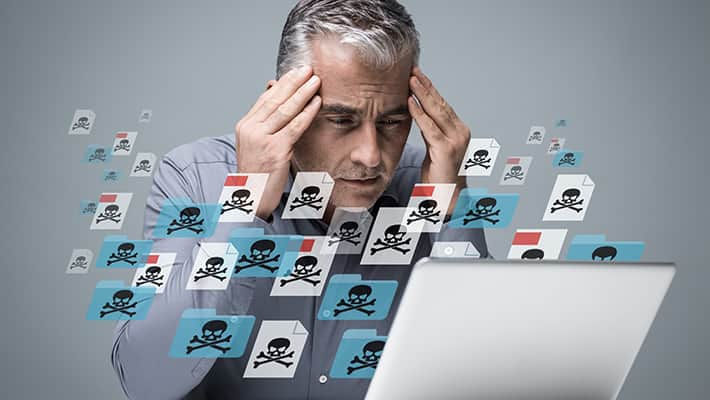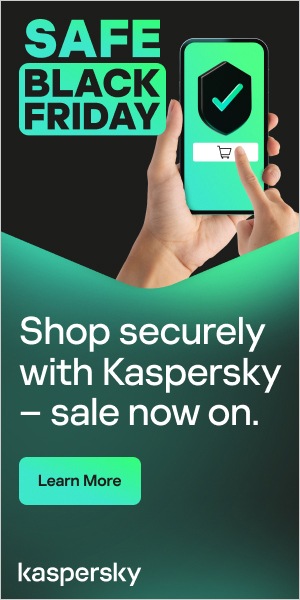
CCleaner is a utility program designed to delete unwanted files from a computer. The software gets rid of temporary files that eat up disk space and invalid Windows registry keys. During the cleanup, malicious files buried in the system are also deleted. In January 2017, CNET gave the program a "Very Good" rating.
However, in September 2017, CCleaner malware was discovered. Hackers took the legitimate program and inserted malicious code that was designed to steal data from users. They turned a tool meant to scrub your computer clean of lurking malware into a serious threat to sensitive and personal information.
Understanding the Threat
The malware consisted of two Trojans, Trojan.Floxif and Trojan.Nyetya, inserted into the free versions of CCleaner version 5.33.6162 and CCleaner Cloud version 1.07.3191. It's believed the hackers compromised CCleaner's build environment to insert the malware.
According to different reports, the malware is capable of collecting specific data from an infected computer system, including IP addresses and information on installed and active software, and sending it to a third-party server located in the United States.
CCleaner's parent company, Avast Piriform, found the malware on September 12, 2017, and immediately took steps to remediate the problem. Initially, the company believed it was confined to the above versions running on a 32-bit Windows systems and that downloading upgraded versions of the program would solve the problem. It's believed more than 2 million users were infected.
Unfortunately, the company soon discovered the malware infection was more severe than originally believed. A second stage payload was discovered by Cisco Talos. This payload targeted approximately 20 of the largest tech companies, including Google, Microsoft, Cisco, and Intel, and infected 40 computers.
According to Wired, "Cisco says it obtained a digital copy of the hackers' command-and-control server from an unnamed source involved in the CCleaner investigation. The server contained a database of every backdoored computer that had 'phoned home' to the hackers' machine between September 12 and 16".
Although there is no definitive evidence identifying the party responsible for the CCleaner malware, investigators discovered a link to a Chinese hacking group known as Axiom.
The CCleaner malware shares code with tools used by Axiom, and a time stamp on a compromised server matched a Chinese time zone; however, time stamps can be changed or modified, making it difficult to pinpoint origin.
Combined with the choice of tech targets, this raised concerns that CCleaner malware could be part of a state-sponsored attack. As of late 2017, the investigation into responsibility for the hack is ongoing.
How to Get Rid of CCleaner Malware?
When the CCleaner malware was first discovered, users were advised to upgrade to the newest version of the program based on the belief it was an isolated incident and later versions were safe. However, the discovery of the second stage payload complicated removal and protection.
Having a disaster recovery plan in place may be the only way to truly ensure your computer is free of the CCleaner malware. Investigators recommend restoring systems to backed-up versions dating before August 15, when the first infected tools were released.
The infected version of CCleaner should be uninstalled and antivirus scans initiated to ensure the system is clean. If you decide to reinstall CCleaner, it should be the most recent version available, or at least version 5.34 or higher.
CCleaner is known to be an excellent tool for eliminating malicious programs that hide deep in computer systems, but as the CCleaner malware incident proves, even the programs created to protect our computers from threats are not immune to hackers.
Kaspersky Internet Security received two AV-TEST awards for the best performance & protection for an internet security product in 2021. In all tests Kaspersky Internet Security showed outstanding performance and protection against cyberthreats.





